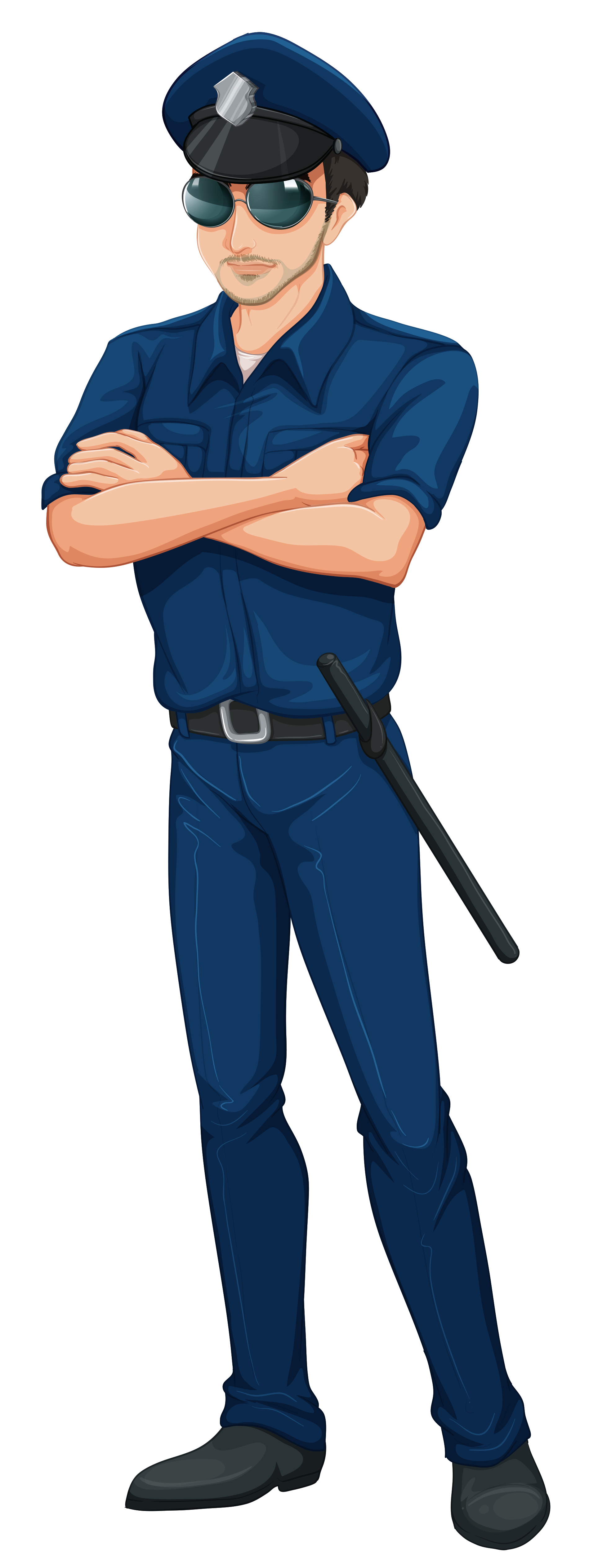
This image has format transparent PNG with resolution 1899x5059.
You can download this image in best resolution from this page and use it for design and web design.
policeman PNG with transparent background you can download for free, just click on download button.
A police officer, also known as an officer, policeman, or a policewoman is a warranted law employee of a police force. In most countries, "police officer" is a generic term not specifying a particular rank. In some, the use of the rank "officer" is legally reserved for military personnel.
Police officers are generally charged with the apprehension of criminals and the prevention and detection of crime, protection and assistance of the general public, and the maintenance of public order. Police officers may be sworn to an oath, and have the power to arrest people and detain them for a limited time, along with other duties and powers. Some officers are trained in special duties, such as counter-terrorism, surveillance, child protection, VIP protection, civil law enforcement, and investigation techniques into major crime including fraud, rape, murder, and drug trafficking. Although many police officers wear a corresponding uniform, some police officers are plain-clothed in order to pass themselves off as civilians. In most countries police officers are given exemptions from certain laws to perform their duties. For example an officer may use force if necessary to arrest or detain a person when it would ordinarily be assault. Officers can also break road rules to perform their duties.
Responsibilities of a police officer are varied, and may differ greatly from within one political context to another. Typical duties relate to keeping the peace, law enforcement, protection of people and property and the investigation of crimes. Officers are expected to respond to a variety of situations that may arise while they are on duty. Rules and guidelines dictate how an officer should behave within the community, and in many contexts, restrictions are placed on what the uniformed officer wears. In some countries, rules and procedures dictate that a police officer is obliged to intervene in a criminal incident, even if they are off-duty. Police officers in nearly all countries retain their lawful powers while off duty.
In the majority of Western legal systems, the major role of the police is to maintain order, keeping the peace through surveillance of the public, and the subsequent reporting and apprehension of suspected violators of the law. They also function to discourage crimes through high-visibility policing, and most police forces have an investigative capability. Police have the legal authority to arrest and detain, usually granted by magistrates. Police officers also respond to emergency calls, along with routine community policing.
Police are often used as an emergency service and may provide a public safety function at large gatherings, as well as in emergencies, disasters, search and rescue situations, and road traffic collisions. To provide a prompt response in emergencies, the police often coordinate their operations with fire and emergency medical services. In some countries, individuals serve jointly as police officers as well as firefighters (creating the role of fire police). In many countries, there is a common emergency service number that allows the police, firefighters, or medical services to be summoned to an emergency. Some countries, such as the United Kingdom have outlined command procedures, for the use in major emergencies or disorder. The Gold Silver Bronze command structure is a system set up to improve communications between ground-based officers and the control room, typically, Bronze Commander would be a senior officer on the ground, coordinating the efforts in the center of the emergency, Silver Commanders would be positioned in an 'Incident Control Room' erected to improve better communications at the scene, and a Gold Commander who would be in the Control Room.
Police are also responsible for reprimanding minor offenders by issuing citations which typically may result in the imposition of fines, particularly for violations of traffic law. Traffic enforcement is often and effectively accomplished by police officers on motorcycles—called motor officers, these officers refer to the motorcycles they ride on duty as simply motors. Police are also trained to assist persons in distress, such as motorists whose car has broken down and people experiencing a medical emergency. Police are typically trained in basic first aid such as CPR.
Some park rangers are commissioned as law enforcement officers and carry out a law-enforcement role within national parks and other back-country wilderness and recreational areas, whereas Military police perform law enforcement functions within the military.
In this page you can download free PNG images: Policeman PNG images free download